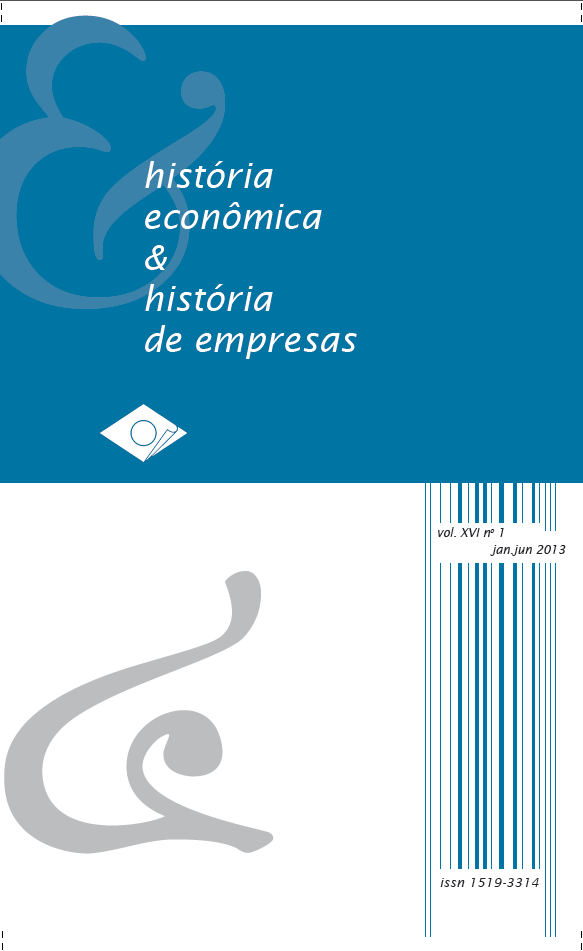Institutional framework of the classical gold standard: examining the first historical wave of financial globalization
DOI:
https://doi.org/10.29182/hehe.v16i1.291Keywords:
Gold standard.Financial globalization. Institutional evolution.Abstract
Economic historians have published an extensive literature discussing the reasons for the emergence of the global financial markets from the late nineteenth century until the beginning of the First World War. They have presented different interpretations and methods to deal with the complexity of the financial globalization period, however, many of them does not take into account two related aspects to the formation of global financial markets that are crucial for this article: 1) the role of institutions by institutional furniture to the international financial integration; and 2) the importance of the institutional framework evolution from a historical perspective for the emergence of the gold standard. The article examines the role played by the institutions in the process of global markets integration in the 1870-1914 period. Therefore, it deals with the economic policy that was implemented by core countries of the time, and with technological innovations that have led to financial integration, such as mechanical minting coinage, the telegraph and the telephone. The main conclusion is that the evolution of a dense network of historically specific institutions lies on the foundations of the classical gold regime.
Downloads
Downloads
Published
How to Cite
Issue
Section
License
Copyright (c) 2025 Alexandre Ottoni Teatini Salles

This work is licensed under a Creative Commons Attribution 4.0 International License.
Authors retain copyright over their work, granting the journal only the right to its first publication. In addition, they are authorized to enter into separate additional contracts for the version of the work published in this journal, provided that the initial publication in this journal is acknowledged.





